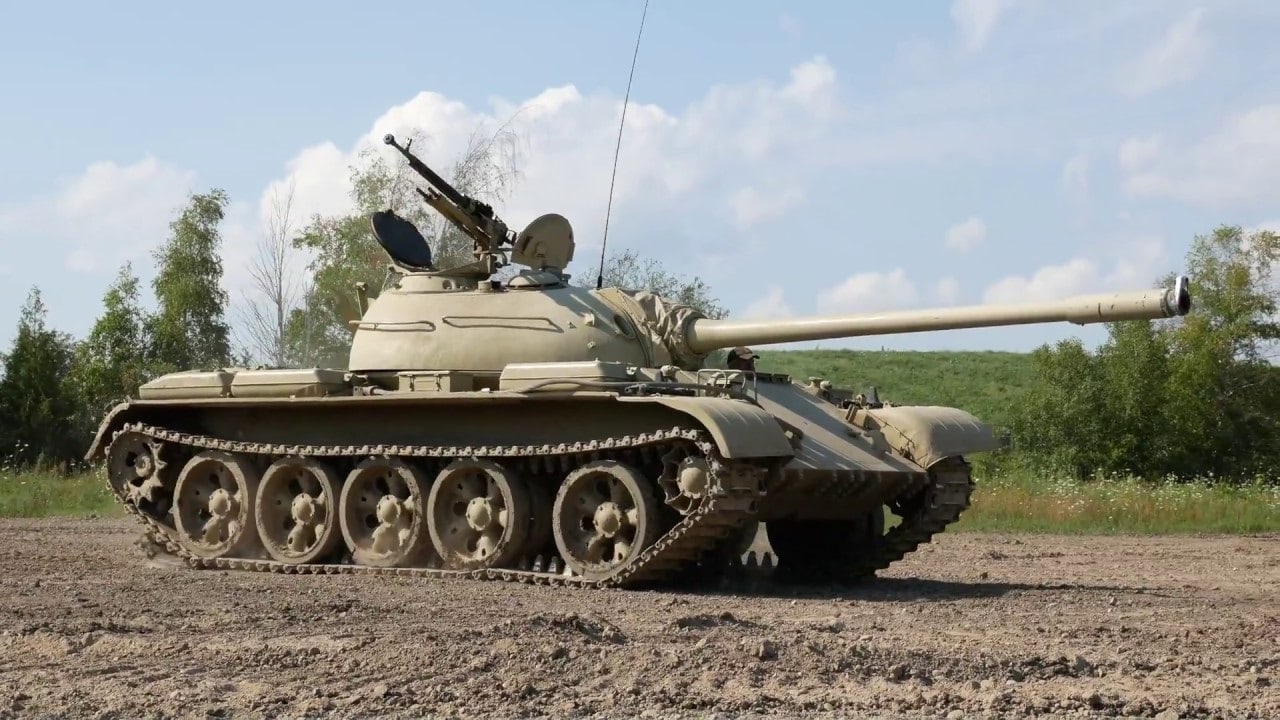Putin has a clear tank problem in Ukraine: As the Kremlin held its annual Victory Day Parade, which celebrates the Soviet Red Army’s defeat of Nazi Germany in the Second World War, the Russian military faced another day of heavy losses in the ongoing fighting in Ukraine.
According to reports, Russia may have lost twice as many tanks on Tuesday in combat as it had in the parade.
Of course, some context is needed – Russia had just a sole T-34 present in Red Square.
However, Russian forces still lost two more tanks, 18 armored vehicles, and 690 troops in just a single day this week, according to the Ukrainian Ministry of Defense.
Though the numbers haven’t been independently verified; if true, the Kremlin may have lost upwards of 3,736 tanks along with 7,275 armored vehicles since the start of Russia’s provoked invasion in 2022, according to Kyiv’s data.
It was estimated earlier this year that Moscow had already seen half of its total tank force destroyed in the fighting, and to make up for the losses, Russia has pulled hundreds of older T-54/55 and T-62 tanks out of storage and sent those into service.
Better in a Museum!
Military analysts have noted that while some of those vehicles are more likely to be encountered in a museum than a battlefield, they shouldn’t be readily dismissed.
For one thing, the T-54/55 series was among the most widely produced tank in history, and even today, Russia has thousands in storage. Though these aging war machines might be outmatched in a one-on-one tank battle, they could still be useful as a defensive platform.
“One of the things you can obviously use this [tank] for if you’re trying to avoid a tank versus tank engagement is to dig them in, in defensive positions, sit the tank in the pit so you can only see the turret and then that can be used to defend a front line against the counterattack,” armored historian John Delaney of the UK’s Tank Museum told CNN. “If you’ve been the aggressor in a war and you’re suddenly about to be on the defensive, this would be effective for static defensive positions.”
Another factor that could be a small advantage is that in a rear line role, these Cold War-era tanks could be easier for the Kremlin’s conscripts to operate and perhaps gain some experience.
Yet, that might not be enough once German Leopard 2 and British Challenger 2, as well as other Western-made military vehicles, roll into Ukraine. In any head-to-head fight, poorly trained tank crews in vehicles older than their parents aren’t likely going to survive long on the battlefield.
On paper, the older tanks could make it appear as if Russia’s forces are still significant – but that is only going to result in significant casualties and more destroyed tanks. Already parts of Ukraine resemble a graveyard of armor, and soon many more tanks could be added to it.
MORE: The F-35 Now Comes in Beast Mode
MORE: Why the U.S. Navy Tried to Sink Their Own Aircraft Carrier
Author Experience and Expertise
A Senior Editor for 19FortyFive, Peter Suciu is a Michigan-based writer. He has contributed to more than four dozen magazines, newspapers, and websites with over 3,200 published pieces over a twenty-year career in journalism. He regularly writes about military hardware, firearms history, cybersecurity, politics, and international affairs. Peter is also a Contributing Writer for Forbes and Clearance Jobs. You can follow him on Twitter: @PeterSuciu.

